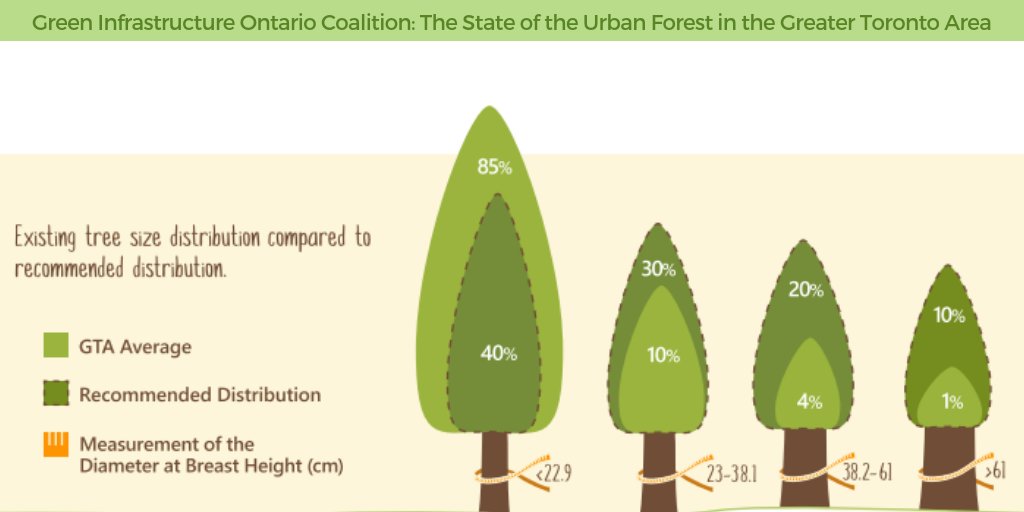Discover Techniques To Make Sure A Prospering Setting In The Results Of Tree Elimination
Discover Techniques To Make Sure A Prospering Setting In The Results Of Tree Elimination
Blog Article
Article Created By-
When it involves seasonal tree treatment, making certain appropriate monitoring before and after removal can considerably affect the wellness and visual appeals of your landscape. By recognizing the needed actions associated with examining tree health and wellness and planning for removal, you can proactively safeguard your residential or commercial property. However what about the crucial methods to follow as soon as the tree is gone? Keep tuned to discover the vital post-removal treatment steps that will certainly help you cultivate a growing and lasting environment for your trees.
Pre-Removal Tree Care
Before addressing the removal of a tree, it's critical to focus on pre-removal tree care. Start by evaluating the tree's health and wellness and structural honesty. Look for Stump Grinding Business Names of disease, parasite problems, or any type of structural issues that might present a security risk during removal. It's necessary to consult with a certified arborist to identify the best strategy.
Trimming dead or infected branches can avoid further damages to the tree and make sure a smoother removal procedure.
In addition, consider the ecological impact of removing the tree. Trees play a crucial function in our ecological community, so growing a new tree in an ideal location can aid offset any kind of loss. Make sure that you have the needed authorizations and approvals for tree elimination, particularly if the tree is protected by local policies.
Seasonal Upkeep Tips
Assessing your tree's needs throughout the year is important for its health and wellness and durability. To keep your trees in leading condition, comply with these seasonal upkeep tips.
In springtime, concentrate on trimming to remove dead or damaged branches and urge brand-new growth.
Summertime asks for routine watering, specifically throughout droughts, to ensure your tree remains hydrated.
As loss approaches, watch out for very early signs of disease or stress, and think about using compost to safeguard the roots throughout winter season.
In winter, be cautious when getting rid of snow from branches to stop breakage, and continue to check your tree's general health.
Bear in mind to change your care routine based on the certain needs of your tree types and neighborhood environment. By staying alert and aggressive throughout the periods, you can assist your trees flourish and grow for years ahead.
Post-Removal Tree Treatment
To make certain the health of your landscape even after tree elimination, correct post-removal treatment is crucial. After a tree is eliminated, it's critical to fill the continuing to be opening with topsoil and compact it to prevent settling. This will aid preserve the stability of the ground and protect against prospective risks in the future.
Take into How To Trim A Pine Tree That Is Too Tall planting brand-new plants in place of the removed tree to bring back the equilibrium and aesthetics of your landscape. Consistently water the area to promote the growth of new plants and avoid soil erosion.
Check the bordering trees for any type of indications of condition or stress that may have been brought on by the removed tree. Keep an eye out for insects that could've been brought in to the previous tree and take preventive measures to protect the staying greenery.
If needed, speak with a professional arborist to analyze the effect of the removal on the bordering trees and determine any added treatment needed. By adhering to these post-removal treatment steps, you can guarantee the continued health and elegance of your landscape.
Conclusion
To conclude, aggressive seasonal tree care is vital for maintaining the wellness and balance of your landscape. By evaluating tree health, pruning, and talking to an arborist prior to removal, you can make certain a risk-free procedure. After removal, loading the hole, planting new vegetation, and routine watering will certainly advertise new development and stop erosion. Remember to evaluate bordering trees for illness and look for additional care measures from an arborist to maintain your landscape growing.
